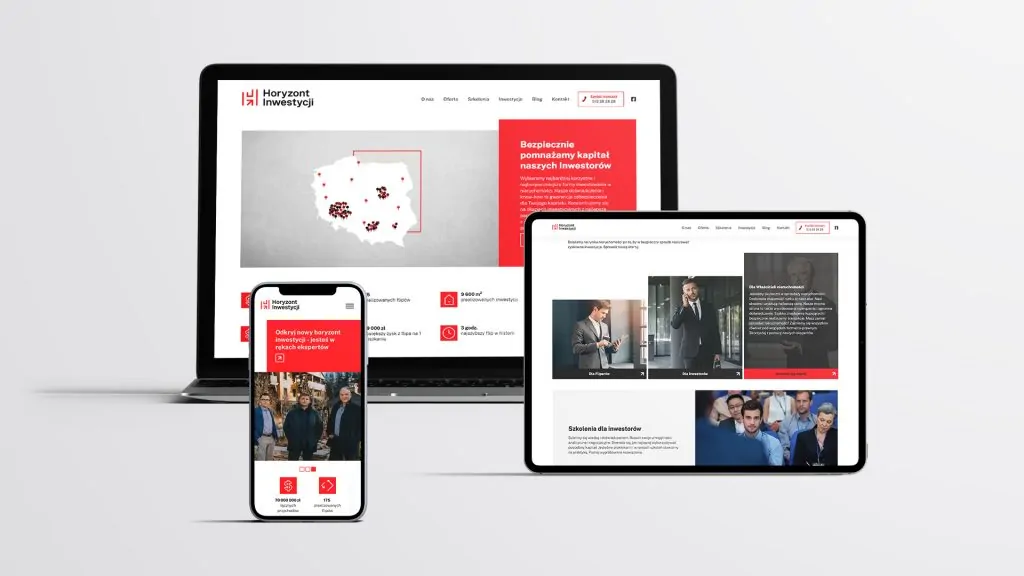According to reports, more than 90% employees stay in the company for longer, if the employer took care of professional onboarding at the beginning of cooperation. What is employee adaptation and how to do it?
What is employee adaptation?
Adaptation, otherwise employee onboardingis something more than signing the relevant documents or other employment-related formalities. It is the process of introducing new people into the functioning of the company. A kind of help in acclimatizing employees in a new company. What are the specific goals of introducing employees to the secrets of its operation?
Your company lacks talent?
Time to implement effective employer branding!
Objectives of employee adaptation
The overriding goal adaptations is to introduce new recruits to the company as quickly and effectively as possible. During this time, employees should learn about the company's mission, strategy, history, health and safety regulations, division of labour, responsibilities and organizational culture applicable in the company. Staff adaptation is also to present them with opportunities for further personal development to encourage them to stay with the organisation. It is also the time to familiarise them with current external and internal regulations. It is also the best time to prepare them for possible crises and problems in their daily work. How to do this? By presenting the behaviours and responses to these situations.
The effect of the process onboarding should be full employee induction to their new responsibilities, achieving autonomy in work of the required quality and efficiency as soon as possible.
Stages of employee adaptation
Staff adaptation should consist of 4 stages:
- time between recruitment and inauguration - the moment to collect all documents and forms, prepare workstations and necessary tools, send materials that employees should read before work, training,
- day one - familiarizing employees with the team, showing them around the company, explaining all procedures, assigning the first tasks,
- first week - employee involvement in selected projects, integration with the team,
- the first month - help with unclear issues, tracking the progress of employees.
The company should operate according to the assumed plan, and at the same time show a lot of flexibility. Each employee at a different pace assimilates information and gets used to the new company. It is worth approaching new employees individually. Only thanks to this, the adaptation of employees will be really effective.

The importance of employee adaptation in the organisation
Staff adaptation is a key element of effective human resources management. Introducing new people to an organisation requires not only familiarising them with their responsibilities, but also integrating them into the team and company culture. A well-planned employee adaptation process allows full productivity to be achieved quickly and minimises the risk of turnover, which has a significant impact on the stability of the organisation. In an era of increasing competition in the labour market, effective professional adaptation is becoming one of the cornerstones of building employee loyalty and company image.
The employee adaptation process - from theory to practice
A contemporary approach to staff adaptation implies the creation of structural measures that make it easier for newcomers to find their way into the organisation. Employee adaptation process does not end with the formal presentation of rules and regulations. It is a multi-stage endeavour that should include both job training and emotional support. Companies are increasingly implementing mentoring programmes or assigning mentors to help the new employee during the first weeks on the job. Such measures not only increase the comfort professional adaptationbut also build lasting relationships within the team.
Employee adaptation by means of an example of effective implementation
Examples of well conducted employee adaptation demonstrate the importance of a personalised approach to each new team member. Organisations that invest in on-the-job training, inclusive team meetings and dedicated training materials achieve significantly better results in talent retention. Well-planned new employee induction plan example, tailored to the specific industry and position, significantly speeds up the acclimatisation process and increases work efficiency. New employee induction plan example can include a gradual increase in responsibilities, allowing competences to be acquired at an optimal pace.
Stages of onboarding - the key to successful adaptation
Onboarding is a concept that refers to the process of introducing a new employee to an organisation. Its stages of onboarding include preparing the position, introducing the team, job training and integration into the company culture. The first days and weeks on the job are of paramount importance, so it is vital that the new employee is supported every step of the way. Stages of onboarding is not just paperwork, but also a time for building relationships and learning about the company's values. Thoughtful onboarding ensures that the new team member feels part of the organisation from day one.
The role of employer branding in the adaptation process
Well designed employee adaptation process is supported by a strong employer branding. Companies that invest in their image as an attractive employer find it easier to attract and retain talented employees. Cooperation with employer branding agency allows the creation of a coherent strategy that includes activities related to recruitment, adaptation and building commitment among the team. Strengthening the employer brand is particularly important in the first stages of an employee's career in an organisation, as it affects their perception of the company and their motivation to work.
Summary
Effective staff adaptation is a process that requires attention, commitment and the right tools. Understanding stages of onboarding, preparing a detailed an induction plan for the new employee and investment in employer brandinge.g. through cooperation with employer branding, bring tangible benefits for both employers and employees. Ensuring effective professional adaptation not only improves work performance, but also builds lasting relationships and a positive image of the organisation in the labour market.

